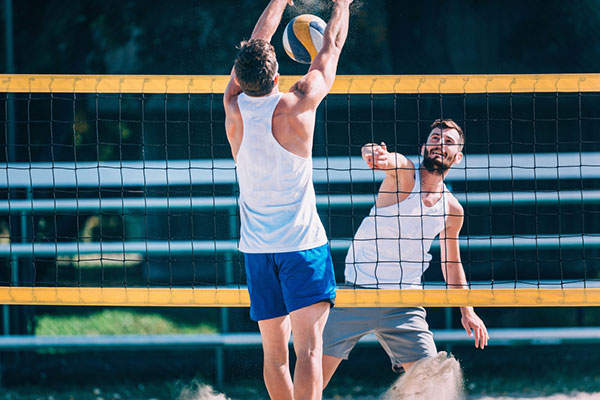
Summer sports in Arizona that rely heavily on your shoulders, like pickleball, paddleboarding, or sand volleyball, can be exhilarating, but they can also push your joints to the limit. If your shoulder is still aching long after the game is over, it might be more than just muscle soreness. Let’s break down the signs your rotator cuff could need specialized orthopedic care.
Understanding the Function of the Rotator Cuff
Your rotator cuff is a group of four muscles and tendons that stabilize the shoulder joint and power overhead motion. Whether you’re spiking a volleyball or swinging a golf club, these structures are working overtime. Repetitive stress or an awkward movement can lead to inflammation, tears, or degeneration, especially in adults over 40 or athletes increasing their activity too quickly.
Common Signs of Rotator Cuff Injury After Summer Sports
Rotator cuff injuries can start subtly and worsen over time if left untreated. Warning signs include:
- Persistent shoulder pain, especially at night or while lying on your side
- Weakness when lifting or rotating your arm
- Difficulty reaching behind your back or overhead
- A popping or clicking sensation during movement
If these symptoms last more than a week or are impacting your daily routine, it’s time to consider an orthopedic evaluation.
When to See a Shoulder Specialist
Rotator cuff injuries don’t always heal on their own, and delaying care can make matters worse. Early evaluation allows for non-surgical options like physical therapy, activity modification, and targeted corticosteroid or biologic injections.
For more significant tears or chronic degeneration, arthroscopic rotator cuff repair is often the best option. This minimally invasive outpatient procedure uses a tiny camera (arthroscope) and small instruments to repair the torn tendon through keyhole incisions. Compared to open surgery, arthroscopy offers less disruption of healthy tissue.
Advanced arthroscopic techniques may also include:
- Double-row or suture bridge techniques for stronger repairs
- Biologic augmentation using patches or platelet-rich plasma (PRP) to promote healing
- Debridement of frayed tissue in partial tears or impingement cases
Getting Back to What You Love
Shoulder pain doesn't have to sideline your active lifestyle. If your symptoms aren’t improving, a consultation with an orthopedic surgeon specializing in arthroscopic shoulder repair can help you move forward with confidence, whether your goal is the court, the lake, or everyday comfort.
AUTHOR: Anup Shah, MD, MBA, FAAOS is a board-certified, fellowship-trained Sports Medicine Orthopedic surgeon specializing in Knee and Shoulder Surgery in Phoenix, Arizona at Banner Health. Dr. Shah uses a patient-centric and evidence-based approach to help his patients achieve their desired goals.









